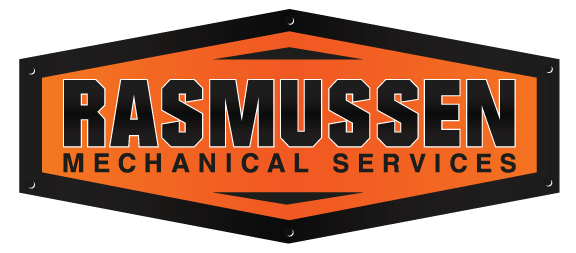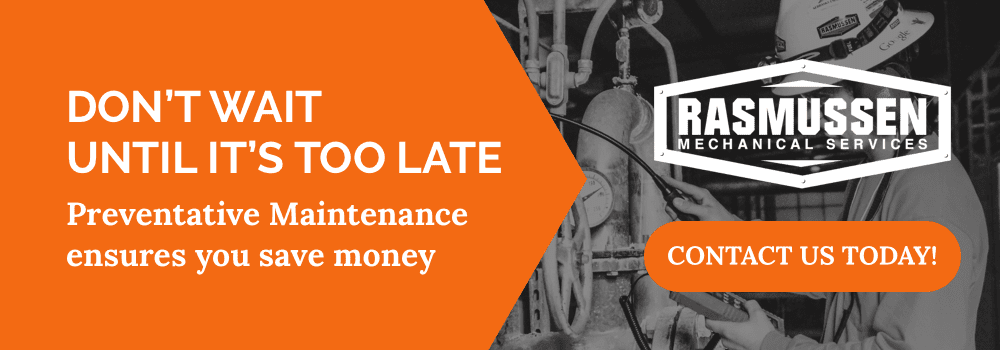The Heat Is Here! Which means your HVAC system is working hard to keep your building cool. Here are 5 steps you can take today to keep your HVAC system running strong all summer long.
1. Check And Change Dirty Filters
In general you should be checking your filters once a month. This is especially important as summer hits and your HVAC system goes into hyperdrive. Hot temperatures mean longer run times and more air pushed through your filters. If those filters clog or restrain airflow due to build up, your unit will have to work harder to push air into your building. This decreases efficiency and increases electric bills. By keeping your filters clean you can avoid this pitfall and keep your HVAC system running all summer.
2. Clean Off Your Coils!
This is a must during the summer especially as pollen fills the air. When your coils (or fins) get coated in dirt, pollen or leaves, it reduces the system’s ability to transfer heat. This means less heat is rejected from the building and your system is stuck working twice as hard to create the same cooling effect inside. By spraying off these coils and fins as needed you will improve your system efficiency.
- Note, if your outdoor units are located near highways, trees, or in areas of high traffic, they will need to be cleaned more often.
3. Examine Ducts And Check For Leakage
Ensure the cool air your HVAC system is working so hard to create is making its way throughout your building. If leaks are spotted use a foil tape, mastic or blown in sealant to improve your HVAC systems performance.
4. Use Programmable Thermostats
If you don’t have one already you may want to consider installing one. Programmable thermostats can adjust temperature based on demand. This means your thermostat can allow temperatures to rise when employees have left the facility. This results in your HVAC system running less frequently and a better energy savings for your building.
5. Examine Your Thermal Envelope (Walls, Windows, Doors, Roof & Floor)
Start by doing a walkthrough of your facility to look for thermal weak spots, missing insulation, and also inspect windows and doors for proper seals. By sealing any cracks, adding insulation and using expanding foam to seal gaps in your windows and doors you can create a tighter building envelope. This helps your HVAC system work more efficiently by keeping hot air out and holding in the cool air longer.
Two Bonus Tips
6. Benchmark your HVAC System
This will give you a baseline on which to compare your building’s energy performance. You can utilize this report and compare your building to itself in the future or compare it to similar buildings’ footprint. Either way this can create a substantial savings when done correctly.
A recent study found that commercial buildings that benchmarked their energy performance cut their energy bills by 7% over 3 years (2.4% per year on average). That’s equal to:
For a 500,000-square-foot office building:
- Cumulative cost savings of $120,000
For a medium-box retailer:
- Cumulative cost savings of $5,000
For an 800,000-square-foot school district:
- Cumulative HVAC system cost savings of $140,000
7. Get Help From A Professional
This goes without saying, but having your system fine-tuned by a professional goes a long way. Allowing an expert to calibrate your thermostats, check refrigerant levels, make adjustments to the blower, examining electrical connections and ensuring your entire system is in good working condition can prevent breakdowns from occurring and save you money over the long run.
Need HVAC System Help?
Reach out to the experts at Rasmussen Mechanical Services and take back control of your facility. Call us at 1-800-237-3141, email sales@rasmech.com, chat with a support agent, or contact us online.



